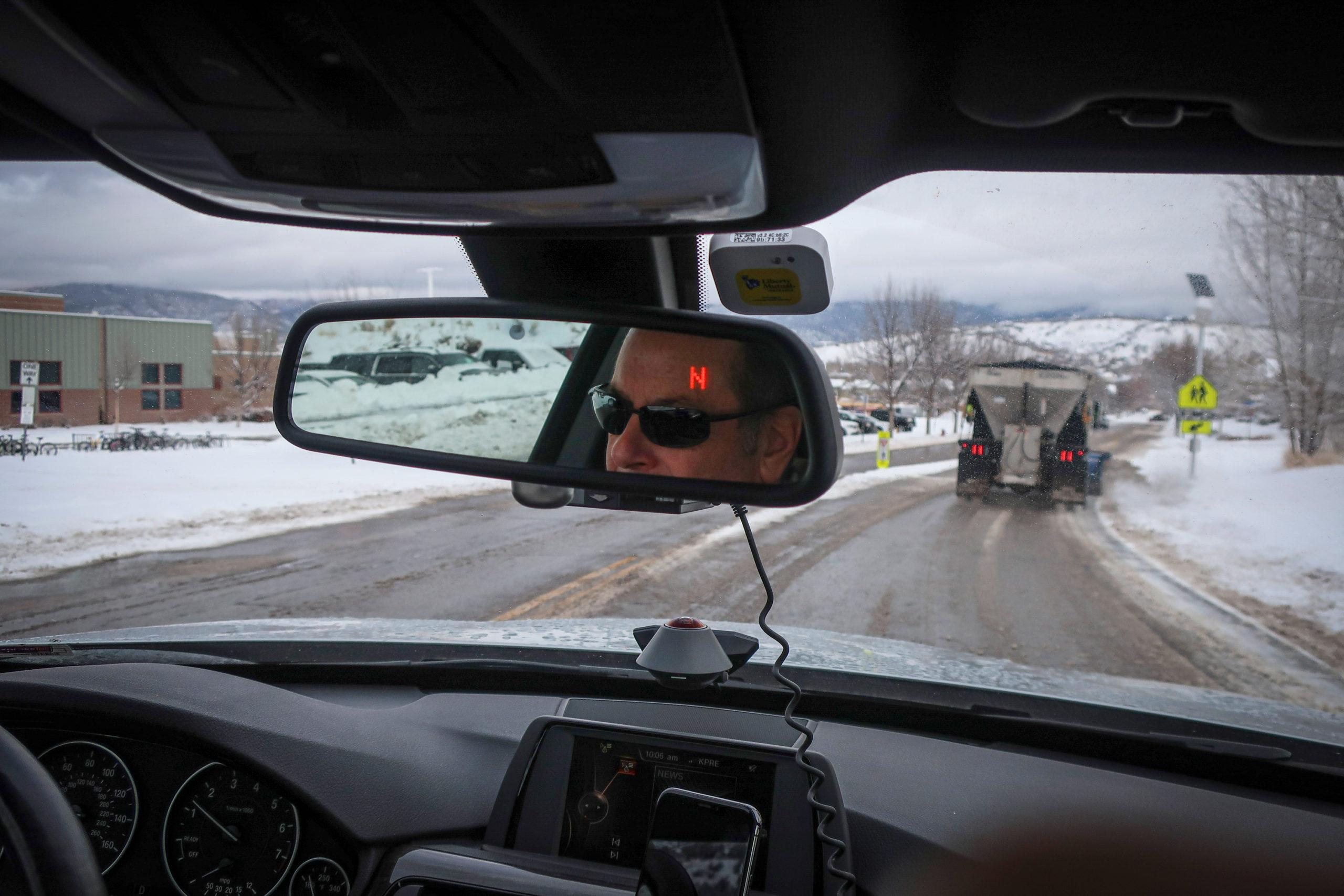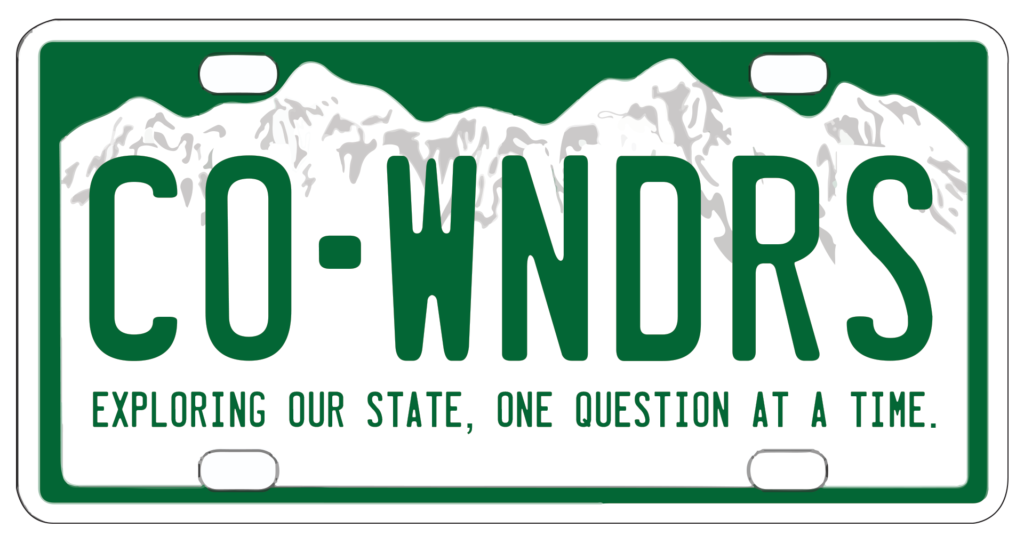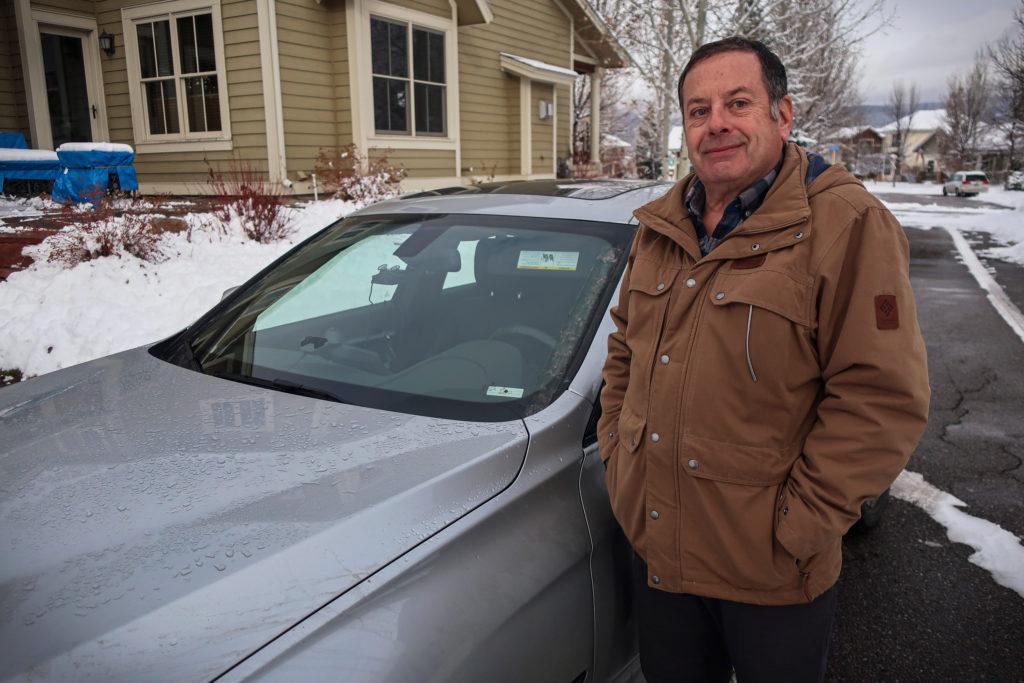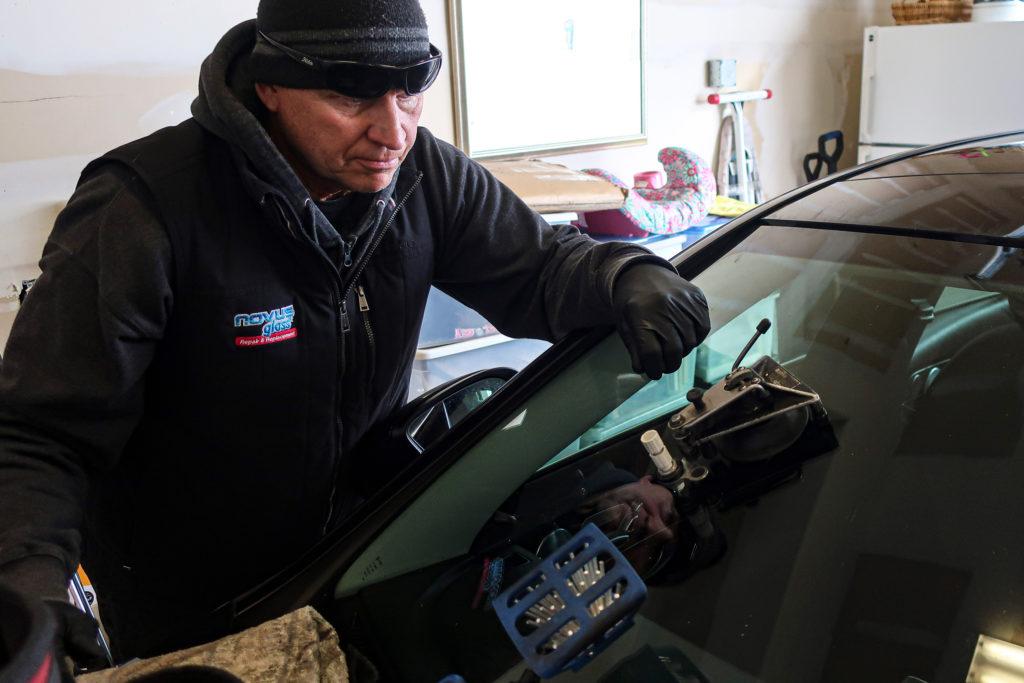
On a beautiful late spring day a few years ago, Mark Bergman was driving his Mazda Miata through the Vail Valley. The scenic ride turned sour when the car in front of him kicked up a rock and threw it backward — right into his windshield.
“I'm just glad I had the top up,” he said.

That rock was leftover from a county or state snow plow truck that spreads aggregate to help with traction in the winter, Bergman believes. And he has good reason to think that — in his four years of living in the Vail Valley community of Edwards, Bergman said he’s had four windshields replaced because of rock damage.
“There's really no avoiding it,” he said. “You can't see the stone coming. I mean, when it's your turn, it's your turn.”
Transportation officials admit that windshield damage is the unfortunate byproduct of the aggregate they use to make roads safer in winter weather. But, as Bergman asked Colorado Wonders, why does the Colorado Department of Transportation use relatively large aggregate in the first place, instead of a finer sand that would do less damage?
There are a few reasons, said Kyle Lester, CDOT’s director of maintenance and operations. First, Lester said, CDOT uses an aggregate that’s supposed to be about a quarter-inch at the biggest. Any smaller than that, he said, and it would wash off the road too quickly and plug up nearby rivers, not to mention it would have trouble getting on the road in the first place.
“If you have too fine a product, it will clump up and not leave the truck,” Lester said.

The larger size also makes it easier for CDOT to come by after the storm and sweep up the aggregate. It’s then used for other purposes, like building sound barriers. CDOT also mixes the aggregate with liquid to help it stick to the road better.
Lester admitted that, sometimes, some bigger rocks do slip through. He blamed that on quality control issues that he said are inevitable considering CDOT buys aggregate in such massive quantities — the agency said it used about 188,000 tons of an aggregate-salt mix last winter across the state.
But, Lester said, he feels Bergman’s pain. The windshield on his wife’s car is cracked right now, he said.
“We live in a mountainous state,” he said. “We have to have granular product on the road. It's one of the consequences of this state we live in.”
If CDOT were to just plow roads and not use any ice-melt or aggregate, Lester said major arteries like U.S. 6 and Interstate 70 would close far more often.
John Harris, the director of Eagle County’s road and bridge department, said his trucks use an aggregate mix similar to CDOT’s on local roads. As a life-long resident of the area, he said, he’s learned to accept windshield damage as a fact of life.
“It's really hard to tell if it's road debris or sanding material,” Harris said.
Those explanations were not sufficient for Mark Bergman.
“Well, I’d really like to see CDOT improve their quality control,” he said. “And while I’m not on some long great crusade, I’d like to try to activate our state representatives to have them take a look at it too.”
In the meantime, Vail Valley windshield repair shops will likely continue to do a brisk business.

Steve Moore with Novus Glass in Avon said he’s done nearly 200,000 windshield chip repairs since he started a Novus franchise in the early 1980s. Back then, Moore said, the industry was still young and people didn’t know windshields could even be repaired.
Now, he said, drivers recognize that chip repairs are important in preventing larger cracks. Novus is now a multinational conglomerate. Pitting caused by sand isn't a serious problem, Moore said, unless they are so numerous they impair the driver's ability to see. In that case, a complete replacement may be in order.
“We're all over the world,” Moore said. “And obviously Colorado is one of the biggest markets for it.”
The process involves heating the chip to evaporate any moisture, applying a resin, and then hardening it with a UV light. It takes less than 30 minutes, so Moore said he does 10 to 15 of them a day during the busy winter season. But, he said, he doesn’t get bored.
“I run into friends all day long,” he said. “It's pretty social and I'm helping people out. And they're usually pretty happy when I'm there and happy when I leave.”
It’s not hard to see why. Because even if drivers here have to deal with little dings and cracks, the view through their windshield of the Colorado Rockies makes it all worth it.








